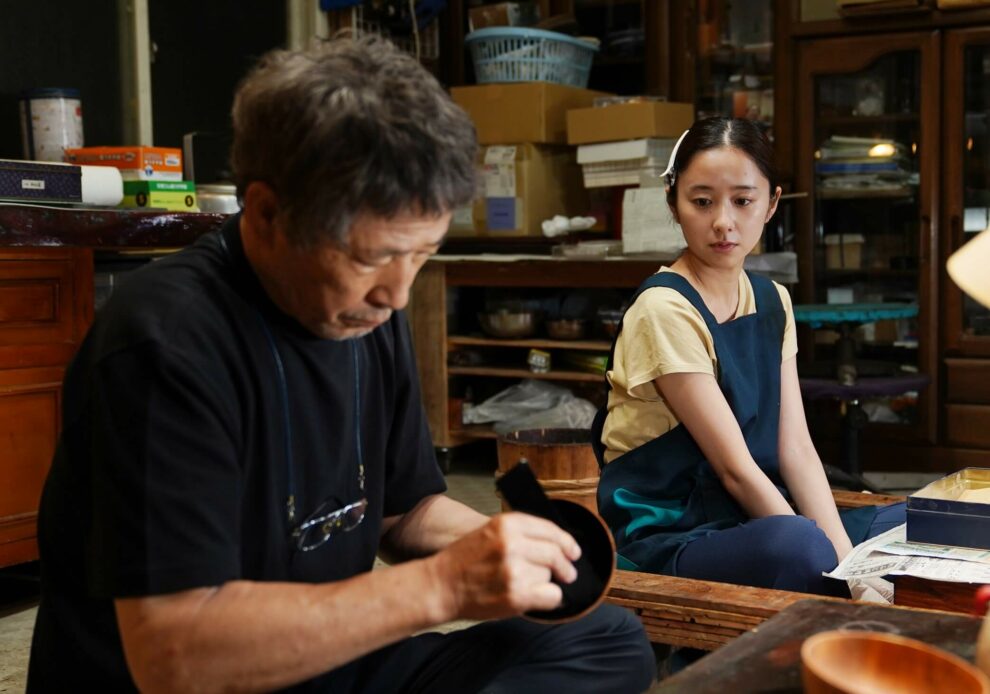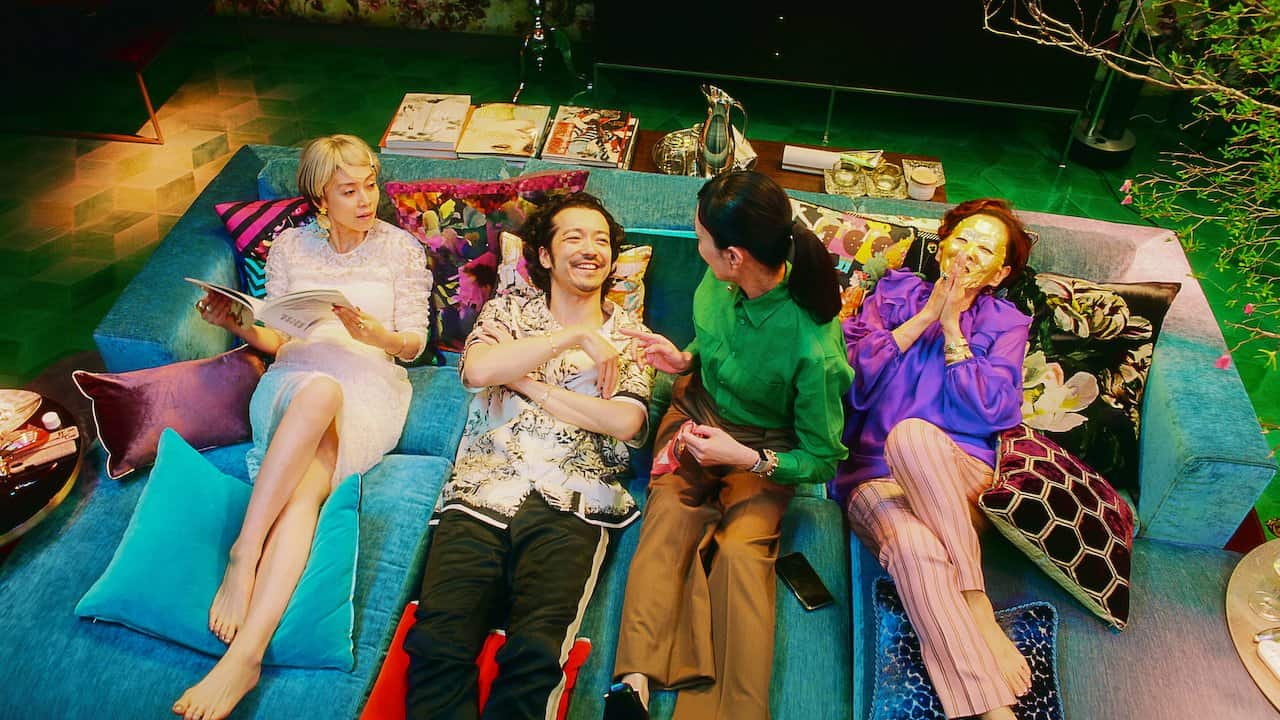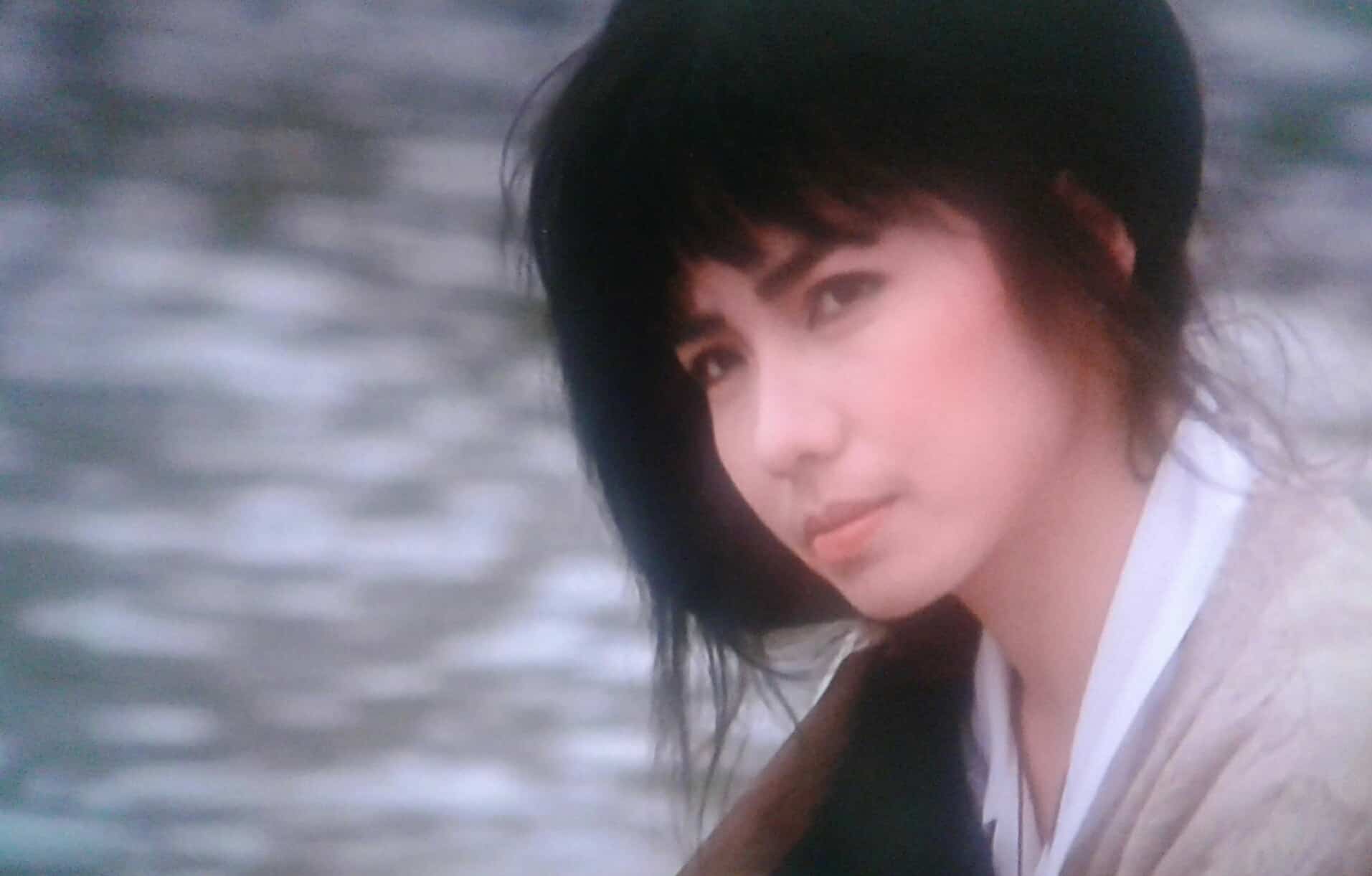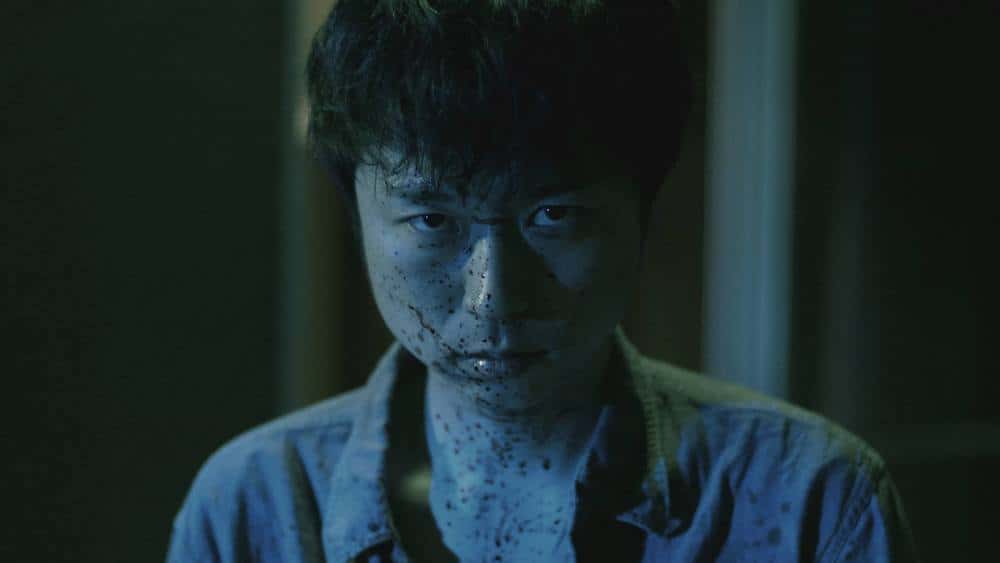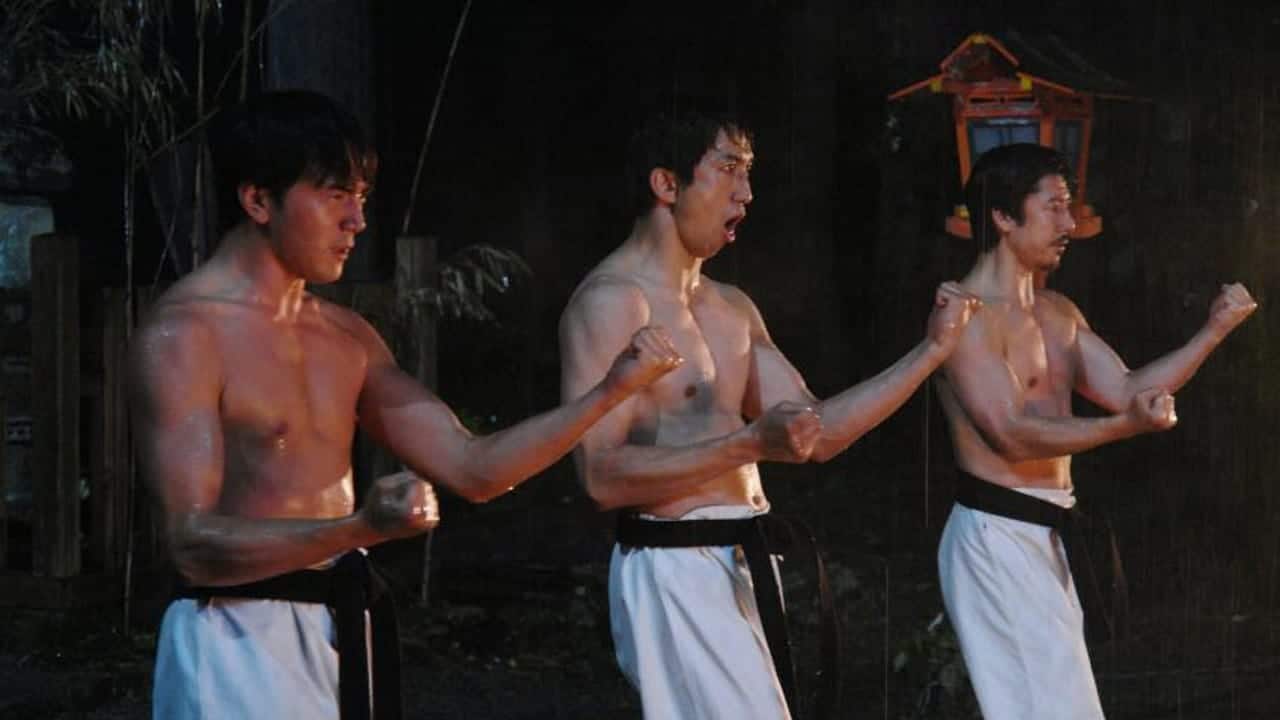Tsugaru city has been the subject of a number of films throughout the years, with one of the first being ATG's “Tsugaru Folk Song” exactly 50 years ago. Now, a new movie focuses on another aspect of the area that stands out, the lacquerware industry, once more, though, in order to make a number of social comments about life in the area and how difficult it can be escaping tradition. The movie is based on the novel “Japan Dignity” by Miyuki Takamori.
Tsugaru Lacquer Girl is screening at Camera Japan

Traditional lacquerwork kitchenware is the Aoki family's legacy, but is also in decline, with the financial prowess of Seishiro's father being nowhere to be found at the time the movie starts. Seishiro, however, knows nothing else to do, and so he keeps at it, with the help of his daughter, Miyako, who also works at a supermarket in order to support the two of them financially. Seishiro wants his son, Yu, to succeed him, but he has no interest in the art, while later on, he also reveals that he is not even considering staying in the area, as much as a surprise aspect of his character. Miyako is unable to openly declare her desire to pursue a career in Tsugaru-nuri, with the burdens of patriarchy laying heavily upon her, but as she confronts her family and the art of lacquering, she takes on a great challenge having to do with a piano in the local school.
Keiko Tsuruoka directs a film that unfolds into two main axes. The first one is a family drama regarding the relationships of its aforementioned members, and the second one focuses on the particularly type of lacquerware. The second part is the most impressive visually, with Tsuruoka showcasing the meticulous procedure from the picking up of wooden utensils to the impressive end-product, with every detail, through a number of lengthy sequences, that are quite memorable to watch. Particularly the one that has father and daughter working side by side is probably the most visually impressive in the whole movie, with Wataru Takahashi's documentary-like cinematography finding its apogee here.
Check also this interview
The particular scene is also indicative of the relationship between Seishiro and Miyako, with her being attentive, helpful and on a rather high level regarding her art, but him continuing to ignore her for the sake of her son, even when he makes abundantly clear he doesn't want anything to do with the whole endeavor. As such, the second part of the movie deals with Miyako's effort to convince her father, also showing, however, that she also wavers about her future, considering the financial issues they face. On yet another level, Seishiro acknowledging both his children for what they truly are, forms another central part of the narrative, also having to do with him finally adapting to the times, and essentially, reality.
That Tsuruoka presents the father not as a villain, but as a “slave” of tradition and his own mind, emerges as rather realistic, essentially dictating the whole narrative approach here, that has very few outbreaks, with the one during the son meeting being the most intense. At the same time, this scene also emerges as one of the weakest, particularly due to Ryota Bando's acting, whose lack of measure mirrors the bad writing of the part, as both fail to justify the particular behavior.
In its calm moments, however, and also during the presentation of the artform, the movie truly thrives, with the editing that results in a patient, leisure pace that mirrors the particular procedures, working quite well here. Some lagging does exist throughout, but not to a point to harm the film overall.
This calmness is also mirrored in the rest of the acting. Kaoru Kobayashi as Seishiro seems to be eternally calm, even in the face of the worst calamities, with the same applying to Mayu Hotta's Miyako, in an aspect that shows, additionally, how father and daughter are alike, and how Yu differs from both of them. Hotta's silent passion regarding her work is actually one of the best aspects of the movie, in an overall quite convincing performance.
“Tsugaru Lacquer Girl” could be described as ‘too Japanese' considering the presentation of this very specific art and its approach to family drama, but is definitely a very rewarding movie that combines its two main themes artfully. Furthermore, it definitely succeeds in drawing interest in the particular lacquer ware, thus succeeding in what was, probably, its main goal.


